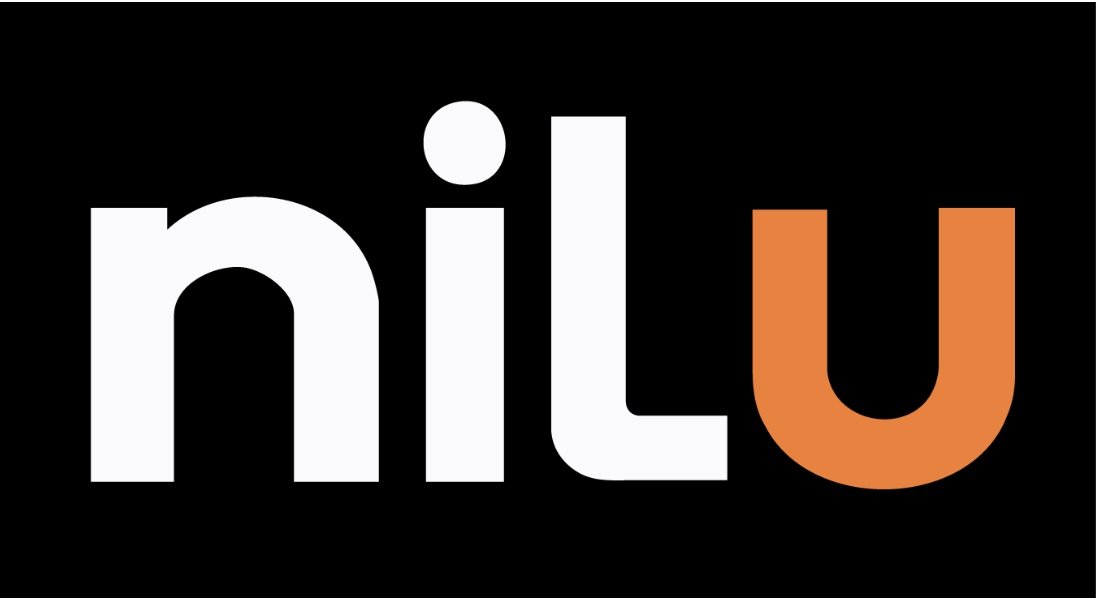NCAA and Power Conferences are Revising Roster Limits in House Settlement
The NCAA and power conferences are changing roster limit rules to satisfy a federal judge. As of a filing on Wednesday in the House settlement case, schools can allow certain athletes to stay on their teams: (1) current team members, (2) athletes who were cut this year, and (3) high school recruits who enrolled but lost their spots. This change is optional for each school, representing a compromise to the judge's requests.
Grandfathered athletes do not count against roster limits at any school they attend. If a school decides not to keep them, these athletes can transfer without being subject to new roster limits at their new school. Schools must keep a list of these protected spots, which will change as players' eligibility ends. This adjustment permits schools to exceed roster limits set by the settlement.
It is uncertain whether Judge Claudia Wilken will approve these changes or the entire House settlement, which would allow athletes to share in direct revenue from July 1. This is part of a lengthy process to gain the settlement's approval. Wilken had instructed the involved parties to modify one of the most criticized aspects of the settlement: new roster limits that risked displacing many players.
Wilken has given two weeks for revisions, suggesting the adoption of a protection plan for athletes already on rosters. After discussions, leaders from the Big Ten, SEC, ACC, and Big 12 agreed to the grandfathering model but left it optional for schools, which might provoke backlash from some attorneys and athletes against the roster limits.
This group includes attorneys Laura Reathaford and Steve Molo, who could influence the judge's verdict. Wilken has allowed them to file responses to the NCAA and power conferences' revisions by May 13, with further responses from the plaintiffs and NCAA by May 16, extending the timeline for a decision.
Earlier, Wilken ordered negotiations between the NCAA, power leagues, and objectors through a mediator to find common ground on roster limit changes. The optional nature of the roster limits may clash with the objectors' desire for mandatory phasing or a delay in implementation.
Protected roster spots would exceed current policies since NCAA rules do not guarantee these spots like scholarships do. The outcome now relies on Wilken, who has the authority to secure significant revenue sharing for current and future athletes and to allocate $2. 8 billion in back pay for former athletes.
If the settlement receives approval, it will set in motion the revenue-sharing plan; if denied, it could throw the industry into chaos as schools look to compensate athletes without legal backing. It is unknown if Wilken will offer another opportunity to revise the settlement.
A rejection would be surprising, especially since Wilken had previously called the settlement "good. " Such a move could threaten the future of college athletics within the NCAA and lead to uncertainty over athlete compensation.
For months, industry leaders have acted under the assumption that the settlement would be accepted. The NCAA and power leagues invested time and resources into a new system to manage revenue sharing, preparing to disperse around $20 million annually to athletes. They have set up revenue-sharing agreements and were expected to start payments by July 1.
However, more than six state laws now allow schools to directly compensate college athletes, set up as a backup if the settlement fails. Many athletic administrators anticipate starting to pay athletes using these state laws, finding ways around NCAA restrictions.
The new enforcement body established by the power conferences to oversee revenue sharing may continue its operations, even without legal protections from a settlement. This could lead to a prolonged legal battle if Wilken denies the agreement, something the NCAA had aimed to avoid after previous legal losses.
